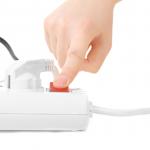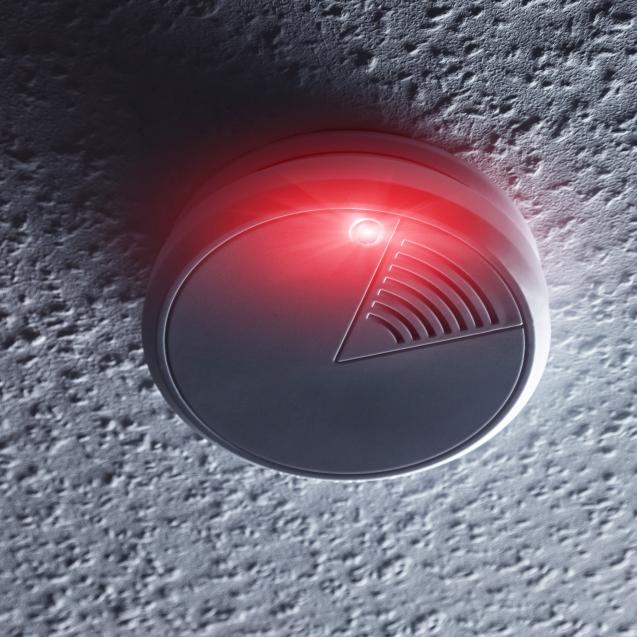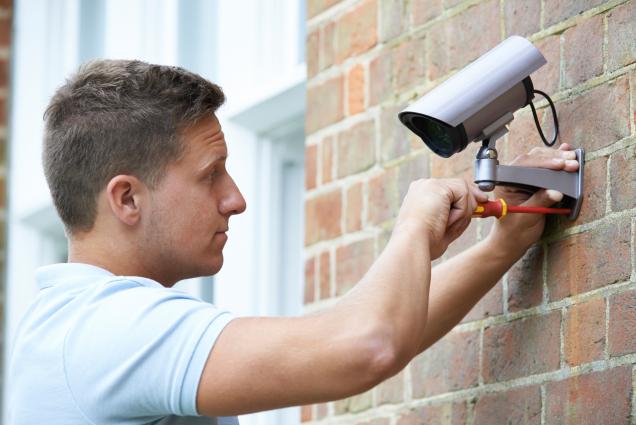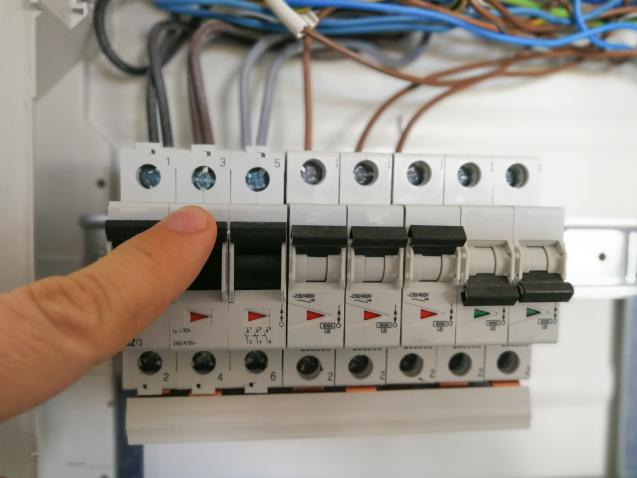
What Are the Signs of a Power Surge?
In reality, the electrical system in your home probably experiences a handful of power surges each day. The thing is that you might not always notice.
So what are the signs of a power surge and why should you keep an eye out for them? Let’s find out!
Power Surge Definition
The term power surge sounds rather ominous and it definitely is something to watch for. Most power surges are small enough that they don’t cause overt damage, but larger power surges can fry the delicate electrical parts in many electronics and other electrical devices.
The surge occurs when the flow of electricity is interrupted for some reason. When it starts again, it floods the system with excess energy and causes an electrical surge. A large enough surge will damage devices and can potentially start a house fire.
What Are Causes of a Power Surge?
There are various sources both internal and external that can cause a power surge in your home. Common internal sources include high-powered appliances like refrigerators that can cause multiple power surges per day as they turn on. Damaged or old wiring can also spark a surge.
External sources include tree limbs touching a power line or small animals crawling into a transformer. The most spectacular (and perhaps dangerous) types of power surges can be caused by a nearby lightning strike.
What Are Signs of a Power Surge?
Most of the power surges your home will experience are small enough that you won’t even notice them. They also only last for less than a second, so you don’t have much time to be aware of them.
However, they leave behind tell-tale signs — if you know what to look for.
Keep an eye out for blown fuses and tripped circuit breakers. The lights may flicker or dim for a split second during a power surge.
Plus, the lights or clock on your electrical devices may shut off or start blinking.
Protecting Your Home From Power Surges
There are some things you can do to prevent power surges. Make sure to trim the trees around your home, update old wiring, and avoid overloading circuits by plugging too many appliances into the same one.
However, you won’t be able to prevent all power surges. For example, you can’t stop a critter from crawling into the transformer or tell the lightning to strike in a different spot.
But you can limit the damage to your electric devices with power surge protection. Unplug devices when you’re not using them and use surge protectors on expensive electronics. You can do this by using power strips with surge protection or having surge protectors built into your home’s outlet boxes.
Enjoy Electrical Safety
These simple measures help to ensure that your home and electrical devices stay safe — even in the event of something catastrophic like a lightning strike. The trouble is, many people are not aware of the dangers posed by power surges. Even small surges can damage devices over time.



